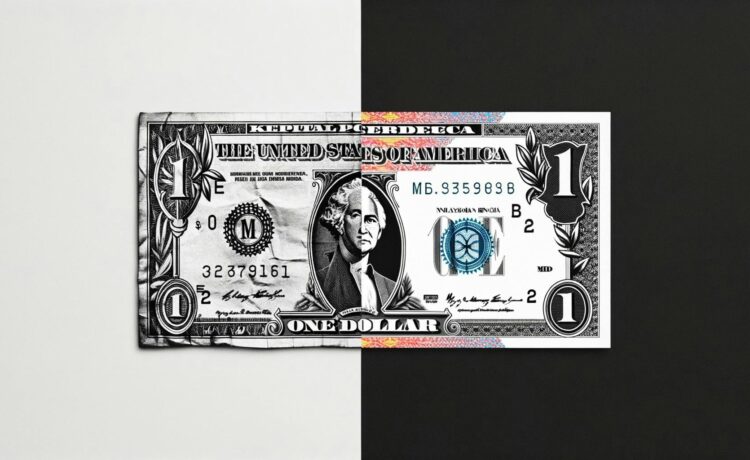What’s going on here?
Emerging Asian currencies like the Malaysian ringgit and Indonesian rupiah are having a stellar month as the US dollar stumbles, driven by market bets on upcoming Federal Reserve rate cuts.
What does this mean?
Financial markets are reacting to shifts in US monetary policy expectations. The Malaysian ringgit is experiencing its best month since March 2016, gaining nearly 6.5% year-to-date, and the Indonesian rupiah is seeing its best performance since April 2020. In contrast, the US dollar is having its worst month in nine, depreciating nearly 2.7% in August. This trend is fueled by expectations of a Federal Reserve interest rate cut in September, as well as recession concerns sparked by disappointing economic data from the US in early August. Additionally, an unexpected rate hike by the Bank of Japan led to a substantial unwinding of carry trade in the Japanese yen, further pressuring the dollar.
Why should I care?
For markets: Navigating the waters of uncertainty.
Asian equities closed higher on Friday, with Chinese stocks leading the way, up by 1.3%. Key indexes in Malaysia, South Korea, and Singapore traded between 0.3% and 0.7% higher. Investors should monitor regional inflation data releases next week, which will provide clearer direction on interest rate paths, especially in Indonesia, Taiwan, Thailand, and South Korea. Also, keep an eye on Malaysia’s monetary policy meeting and Japan’s rising core inflation, hinting at more BoJ hikes. These developments could shape market dynamics and investment strategies in the near term.
The bigger picture: Global economic shifts on the horizon.
The depreciation of the US dollar and the rally of emerging Asian currencies highlight the intricate interplay between global monetary policies and market sentiments. The anticipated 25 basis point rate cut by the Fed, as opposed to the previously expected 50 basis points, underscores the influence of US policy decisions on global markets. Analysts suggest that broader dollar decline trends are in place, but the biggest driver for Asian currencies will remain US monetary policy changes. With regional inflation data and economic reports due, including India’s GDP growth figures, global investors are gearing up for potentially significant market movements.

















